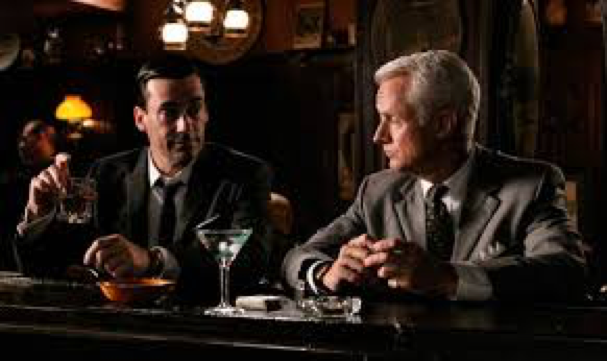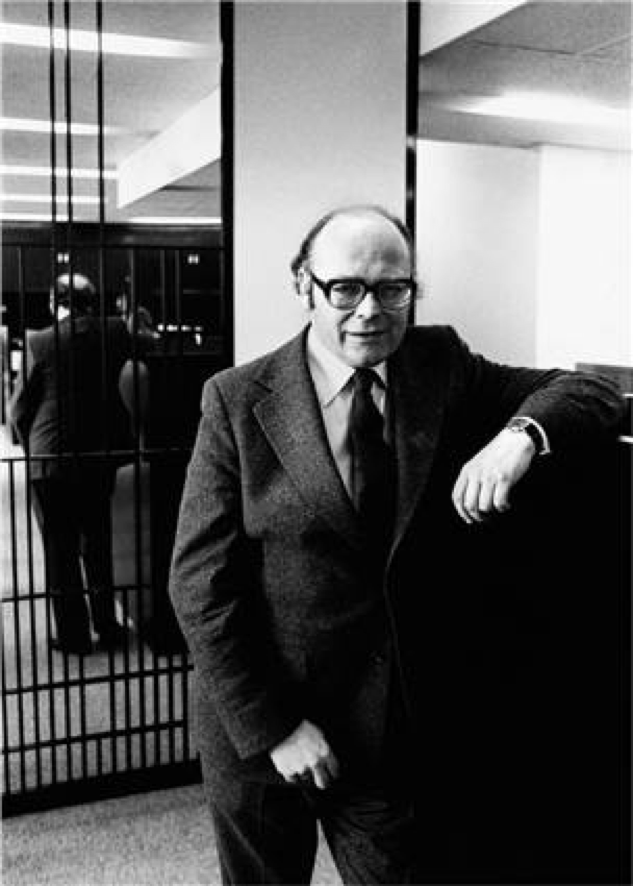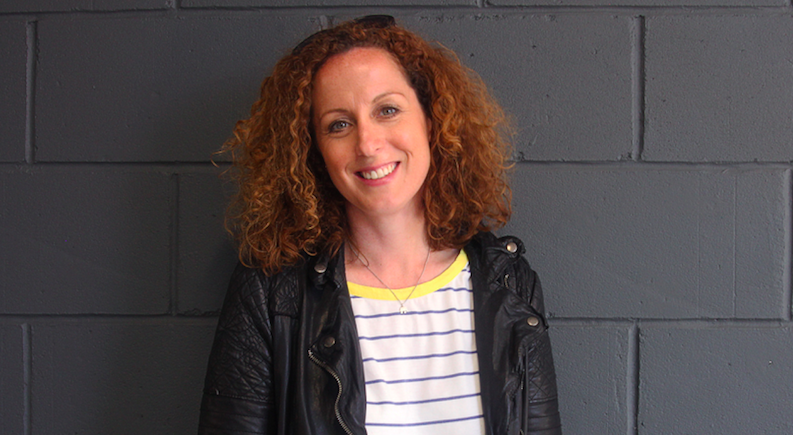This week we’re talking about lean full service and why it’s the perfect agency set-up for our modern connected world.
I’ve blogged a lot recently about integrated, multi-channel and content marketing. All integral parts of DVO but it struck me that we should be talking more about lean full service. As a full service digital agency it’s central to our approach to our work, it’s why we created the agency in the first place and it’s the antidote to the traditional agency model.
Where have we come from.
It’s worth us talking about the agencies of the past. It’ll put everything in context later on in this post.

Back in the day when one way advertising ruled the roost the ad agency was primarily made up of creatives and client service folk. Going about their lives doing advertising. Women were in the minority, suits were sharp and martinis were sharper.
This period in the history of agency development is truly fascinating, for some further reading check out:
https://medium.com/comms-planning/a-brief-history-of-comms-planning-df94a56958fe#.glwlzw2dw

Image curtesy of accountplanning.blogspot.co.uk
Then a bright spark (the chap above, Stephen King, was a pioneer) thought that introducing social sciences into the mix could help make the advertising more effective. Planning was born and little has changed since then. Sure, we’ve added lots of new channels, technology has come along, but the core principles of starting with planning and strategic thinking to positively influence the creative process and the outcome of the campaign remain pretty much the same.
Some more further reading, http://accountplanning.blogspot.co.uk/2014/11/founding-fathers-stephen-king.html

Stanley Pollitt advocated the use of data and removed discretionary control from account management with planning working alongside client services through the all important briefing process. Or paper shuffling as we like to call it.
So has this rigorous approach changed?
Well as we increasingly added more and more channels into the mix, there began a rush to specialise. First media buying was hived off, then direct and latterly digital. Digital got broken up into various channels; media, SEO, social. Some agencies started doing creative, some more marketing focused work.
Then technology got stuck in, automation became the key, every software solution promised optimisation of a specific channel or strategy (don’t get me started on the “s” word).
In a word it seems that the overarching rigour that once existed has become increasingly less important.
What got lost in all of this?
Strategic direction. Strategy has become an overused word to the point of ridiculousness. It seems in our immediacy culture that the intellectual rigour that formed the hallmark of some outstanding work has been sacrificed for a ‘suck it and see’ approach. Taking the time to look at the big picture seems less and less important. This increasingly illogical solution to a problem or challenge that is becoming more complex is counter intuitive at best.
Making sense of a more complex customer journey and making the right decisions creatively, with technology and importantly strategically seem more chance-based than they ever were before. Sure, tactically we have more data at our disposal and it’s easier than ever to figure out when, where and how to interact with a consumer but this so often manifests in a silo mentaility, without connecting the dots. It makes delivering the uniformly excellent customer experience harder and harder.
Which seems odd when you take into account the prevailing research:
“Customer experience is the last source of sustainable differentiation and the new competitive battleground.” Tiffani Bova, Vice President and Distinguished Analyst
67% of consumers site bad experiences as a reason for churn.
Research shows that 55% of consumers are willing to pay more for a guaranteed good experience.
So how does lean full service solve this problem.
To us it seems obvious that the challenge brands really need help with is a strategic one. It emphasises the “long idea”, use of technology that improves the customer experience and strategy more attuned to consumer behaviour.
Lean full service was the philosophy we created as the basis of DVO. It’s the culmination of our experience as a founding team that spans 50+ years agency and 30+ years client side. It’s what we’ve built our entire agency model around and we’ve done it because it answers all the questions we’ve been asked by our clients, brands we’ve met and collaborators we’ve worked with. Lean full service allows for an agile, project based approach to activation but makes room for rigorous planning, strategy and ideas.
Lean full service is about control, control to shape strategy, control over the long ideas that work cross-channel and control of the big technology choices that shape customer experience.
We believe that in the connected world, with so many channels at a brands disposal, that the only way to cope and thrive is to step above channels and work agnostically to avoid getting bogged down. Strategic thinking should be about the whole, focusing holistically on the overall customer experience. Brands must avoid the urge to jump on the next fad and prioritise making smart decisions that are based on data, insights and importantly how they will impact this overall experience.
This holds equally true for the idea and the technology. Divorcing this from specific channels makes it much easier to create a holistic ecosystem of digital experiences and communications. The long idea and overarching strategy are designed to work across a range of channels, nuanced to the needs of the consumer at each touch point with technology working in the same way. Only with this truly consistent voice will brands be able to tap into the competitive advantage that a differentiated experience can afford them.
But we’ve not mentioned production and activation. Well, in a lean full service agency you still get an end to end solution through to activation, but we’re only hands on with certain media (predominantly owned) and integral production elements such as integrated design and development. The rest is done through collaborators and technology. Why? Because the depth and breadth of talent and the capabilities of software are now so immense it’s impossible for it all to be optimised in-house. Agencies talk about talent problems all the time, so why fight it? We work with the best video producers, design specialists and channel and sector specialist creatives who help to bring our ideas to life. We work with programmatic ad buying platforms that cover display, social and native and and we’re proud of it. Our technology stack covers user generated content, analysis and publishing. We do all of this because it’s what we believe a modern agency should look like, clients are buying into our expertise not our ability to charge large management fees for software to do most of the work.
We started DVO with a tick box of things we knew people hated about agencies, because we’d hated them when we were client side:
- Bloated retainers
- Jack of all trades mentality
- Poor collaborations
- Lack of insight just relying on data
- Lack of data just relying on insight
- Lack of access to senior people
- Seniors being around at the pitch stage and the intern doing the work
- Channels fighting against each other
- Little to no process to help manage change
- The client is often seen as part of the problem, not the solution
It was a big list of challenges but our solution was lean full service to get back on the right path and bring clients back to a place where they valued the agency once again.
A lean full service agency looks like this:
Senior team members lead client projects from the front, very often starting projects in a consulting capacity to intimately understand the entire organisation, culture and challenges. That’s important because in todays world truly putting the customer at the heart of the brand isn’t just about marketing.
- Leadership is key, whether it’s strategic leadership, creative or technology. In lean full service the emphasis is on experts working hand in hand with the clients on a daily basis
- In lean full service we don’t try to be all things to all people, we’ve got a roster of carefully selected collaborators who we can bring in at the precise point their expertise is needed. This ensures you get the best possible team, at the right time, for the right task
- To build the best strategy requires a blend of data and trends, the big and small picture. Ultimately the best insights are the result of asking the right questions to make a fundamental difference
- Content and digital experiences unite channels. Lean full service slots in nicely above channels with agnostic ideas that actively work to integrate and unite campaigns, content and conversations around a singular voice
- Project based no bloated retainers
- The ability to bring a rigorous approach to agile activations
- Sourcing and evaluating expertise and technology is a core discipline within the agency
- The client is a part of the solution
We created lean full service because we recognised that marketers were falling out of love with agencies and it’s easy to understand why. So rather than jumping on the band wagon bound for a slow death, we thought we’d do something about it.
Lean full service is equally at home with legacy brands looking to become more digitally integrated and evolve closer to the reality of todays consumer as it is with challengers and disruptors seeking the kind of agile approach that is the hall mark of their marketing.
If you’d like to talk to us about how lean full service can help you through this time of constant change, building the kind of customer experiences that will foster loyal customers, then do something old school. Pick up the phone, give us a call, we’ve got nice biscuits and we can help.







